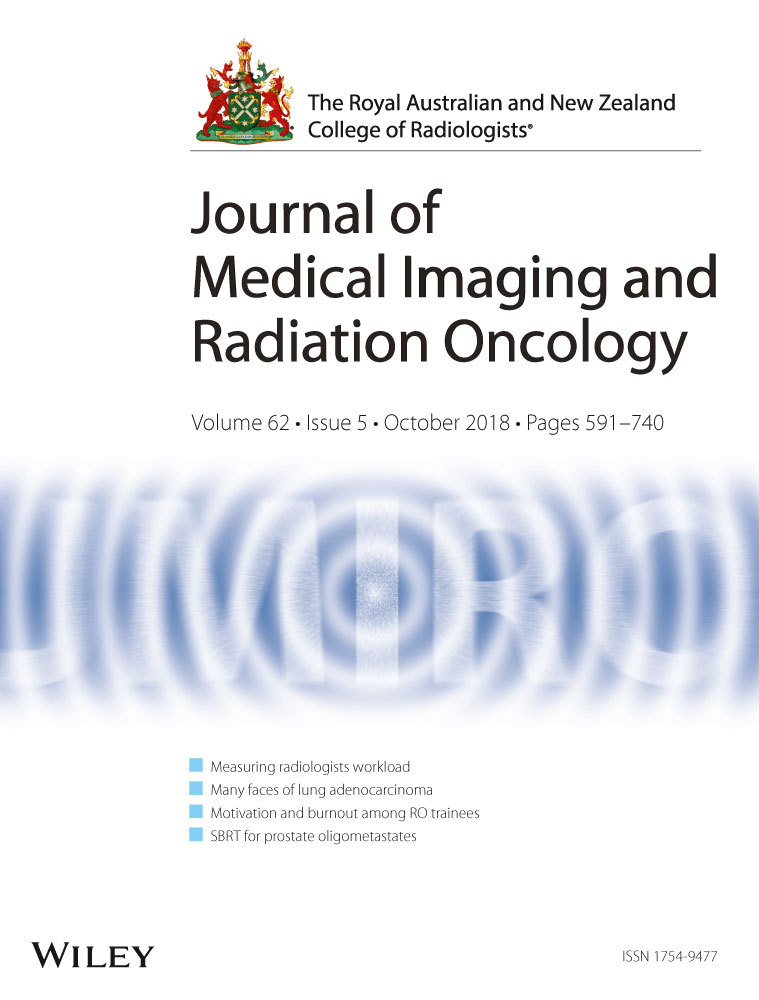Integration of MRI target delineation into rapid workflow cervical cancer brachytherapy: Impact on clinical outcomes
Abstract
Introduction
We evaluated the impact of MRI-based target delineation on toxicity and tumour control after implementation of a protocol to incorporate MRI while minimizing impact on overall procedural time.
Methods
We retrospectively reviewed outcomes for a cohort of 96 consecutive patients who received intracavitary brachytherapy for cervical cancer at our institution during 2012–2016. Starting in October 2014, an outpatient MRI was obtained for patients after Smit sleeve placement and first insertion to assess concurrent chemoradiotherapy tumour response. Then, for subsequent fractions, the MRI was co-registered by the Smit sleeve to the planning CT for target volume delineation. The primary and secondary outcomes were toxicity and local control, respectively.
Results
Median follow-up for the pre- (n = 50) and post-MRI-based (n = 46) planning groups was 24.6 and 14.7 months, respectively. Median treatment duration for patients before and after MRI implementation was 56 and 58 days (P = 0.052), respectively. Cumulative rectal D2 cc was less for those with MRI-based target delineation (P = 0.005). On multivariable analysis, patients with MRI-based target delineation experienced fewer severe late (CTCAE grade ≥ 3) toxicities (P = 0.025, hazard ratio = 0.25). Local control was 86% and 91% of the pre- and post-MRI groups, respectively (P = 0.959).
Conclusions
Preliminary findings using this technique, which is applicable to other institutions without in-room MRI availability, are associated with lower radiation prescription doses, lower rectal doses and favourable toxicity rates while maintaining a rapid workflow. Longer follow-up is required to confirm equivalent local control.




